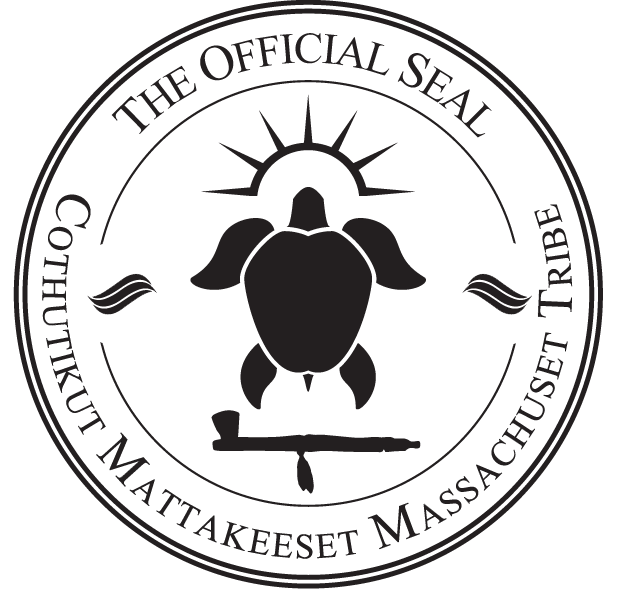WATER SHED
We, the Indigenous Massachuset tribal people from the headwaters of the Quinobequin to the mouth of the Narraganset bay, having been placed here by our Creator, do hereby agree to initiate and continue the clean up and preservation of all of our traditional water ways used by our ancestors and for the protection of our own and future generations of our Tribes/First Nations and for the continuation of our traditional Native way of life.
The Massachuset River: Long before European settlers named and shaped the Charles, the Massachuset living in New England made the river a central part of their lives. The Indian name for the Charles River was “Quinobequin,” meaning “meandering”. this was a main travel water way for the Massachuset indigenous peoples.
As sewage, industrial wastewater and urban runoff flowed freely into the river from the surrounding city, the Charles River became well known for its high level of pollutants, gaining such notoriety that by 1955, Bernard DeVoto wrote in Harper’s Magazine that the Charles was “foul and noisome, polluted by offal and industrious wastes, scummy with oil, unlikely to be mistaken for water.”[9] It was not an uncommon sight to see toxins coloring parts of the river pink and orange, fish kills and submerged cars.[10]
Once popular with swimmers, awareness of the river’s high pollution levels forced the state to shut down several popular swimming areas, including Cambridge’s Magazine Beach and Gerry Landing public beaches.[9][11
Efforts to clean up the river and restore it to a state where swimming and fishing would be acceptable began as early as the 1960s, and the program to clean up the Charles for good took shape in 1965 with the creation of the Charles River Watershed Association.[12] In 1978, a new Charles River Dam was constructed downstream from the Science Museum site to keep salt water out of the basin.
In 1995, the United States Environmental Protection Agency declared a goal of making the river swimmable by 2005.[9] In 1996, Governor William Weld plunged, fully clothed, into the river to prove his commitment to cleaning up the river.[13] On November 12, 2004, Christopher Swain became the first person to swim the Charles River’s entire length, in an effort to raise public awareness of the river’s environmental health.[14][15][16] In July 2007, the river hosted the Charles River Masters Swim Race, the first sanctioned race in the Charles in over five decades.[17]
A combination of public and private initiatives helped drastically lower levels of pollutants by focusing on eliminating combined sewer overflows and storm water runoff. Since Weld’s stunt, the river’s condition has improved dramatically, although it was not deemed entirely swimmable by 2005.
Sunset at Charles River in December 2010
The Conservation Law Foundation opposes the permit given to Mirant for the Veolia Energy North America Kendall Cogeneration Station, an electricity plant near Kendall Square, charging that the water it releases causes blooms of hazardous microorganisms because of its warm temperature.[18]
The water quality of the Charles River is often at its worst after a large rainfall because of pollutants carried by runoff, and sewage overflows. For 2011, the EPA reported that the Charles met state bacterial standards for boating and swimming 96% and 89% of the time on dry days, and 74% and 35% of the time on wet days, respectively.[19] Overall boatability and swimability of 82% and 54% in 2011 compare with 39% and 19% in 1995. In June of 2018, the Environmental Protection Agency graded the river’s 2017 bacterial water quality A-.[20]
A study[21] published in the Journal of the American Water Resources Association in April 2008 and completed by researchers at Northeastern University, found high concentrations of E. coli bacteria in the Charles River after a long period of no rain. Using a mathematical model, the researchers then determined that two major tributaries, the Stony Brook and Muddy River, are the predominant sources of E. coliin the lower Charles River.[22]
Oysters have been used to filter and clean Charles River water.[23]
As of 2013, boating is allowed on the Charles but swimming without a permit is punishable by a fine up to $250.[24] Starting in 2007,[25] the Charles River Swimming Club has organized an annual race for its members, but obtains a special permit and must monitor water quality and rainfall in the days leading up to the race.[26] The “first public swim” in the Charles since the 1950s was conducted on July 13, 2013, by the Charles River Conservancy[Note 1], Charles River Watershed Association (CRWA), Esplanade Association, and DCR.[27] Both the annual race[28] and the Conservancy event have been held in deep water with swimmers jumping in off a dock, to avoid the toxic sediments on the bottom of the river that still make beach swimming dangerous

